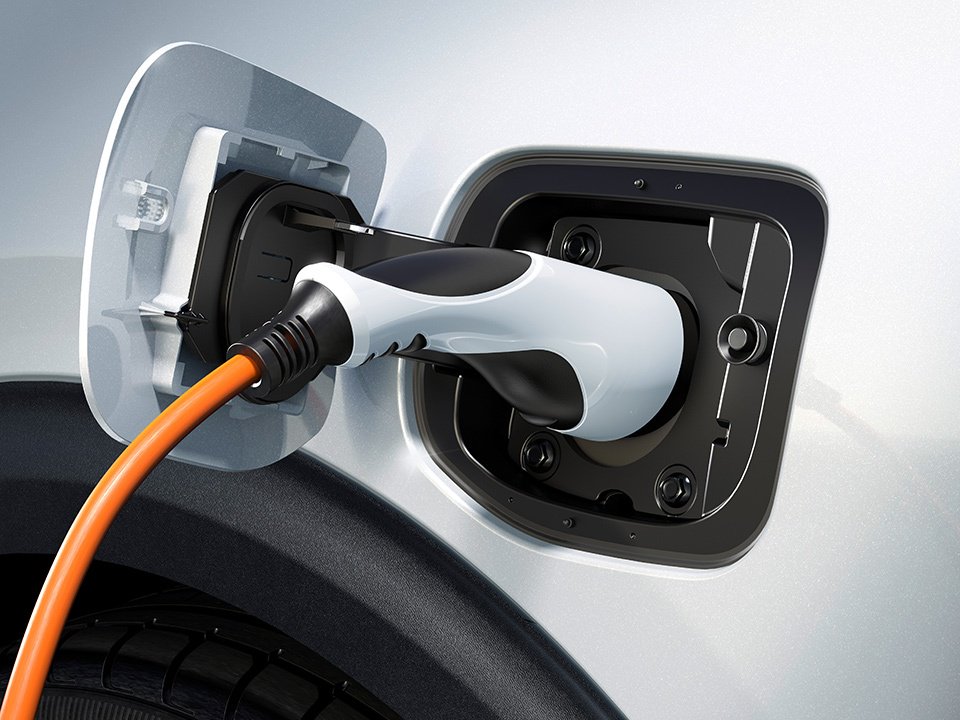(REPOST: Automotive World)
In a world where recyclability has become a necessity, it seems counterintuitive to simply discard something that could still hold a significant amount of energy. The battery pack used to power an electric vehicle (EV) is a prime example, and the industry is investigating how to use, reuse and repurpose old battery packs.

The success of an EV today depends largely on its capability to drive long distances on a single charge, and means that the vehicle needs the battery to run as close to optimal performance as possible. As with any lithium-ion battery, however, degradation is a factor to consider, as a result of which there will be a gradual loss of capacity over time.
This could mean that the battery eventually needs to be swapped out and replaced with a new one, although it is worth noting that degradation depends on a number of variables such as battery chemistry, ambient temperature and charging habits. But with the battery accounting for a significant proportion of the overall vehicle cost, what can manufacturers do to make the most of the technology if discarded?
Milking it
After reaching the end of its usable life in an EV, there is typically around 80% of useable capacity in the battery, which can then be deployed as separate storage capacity. Homes, business campuses and even sports arenas can use these batteries as backup power or to feed in additional energy when necessary. For consumers and businesses alike, this can mean greater flexibility to meet power demands, a reduced carbon footprint and greater cost savings.


